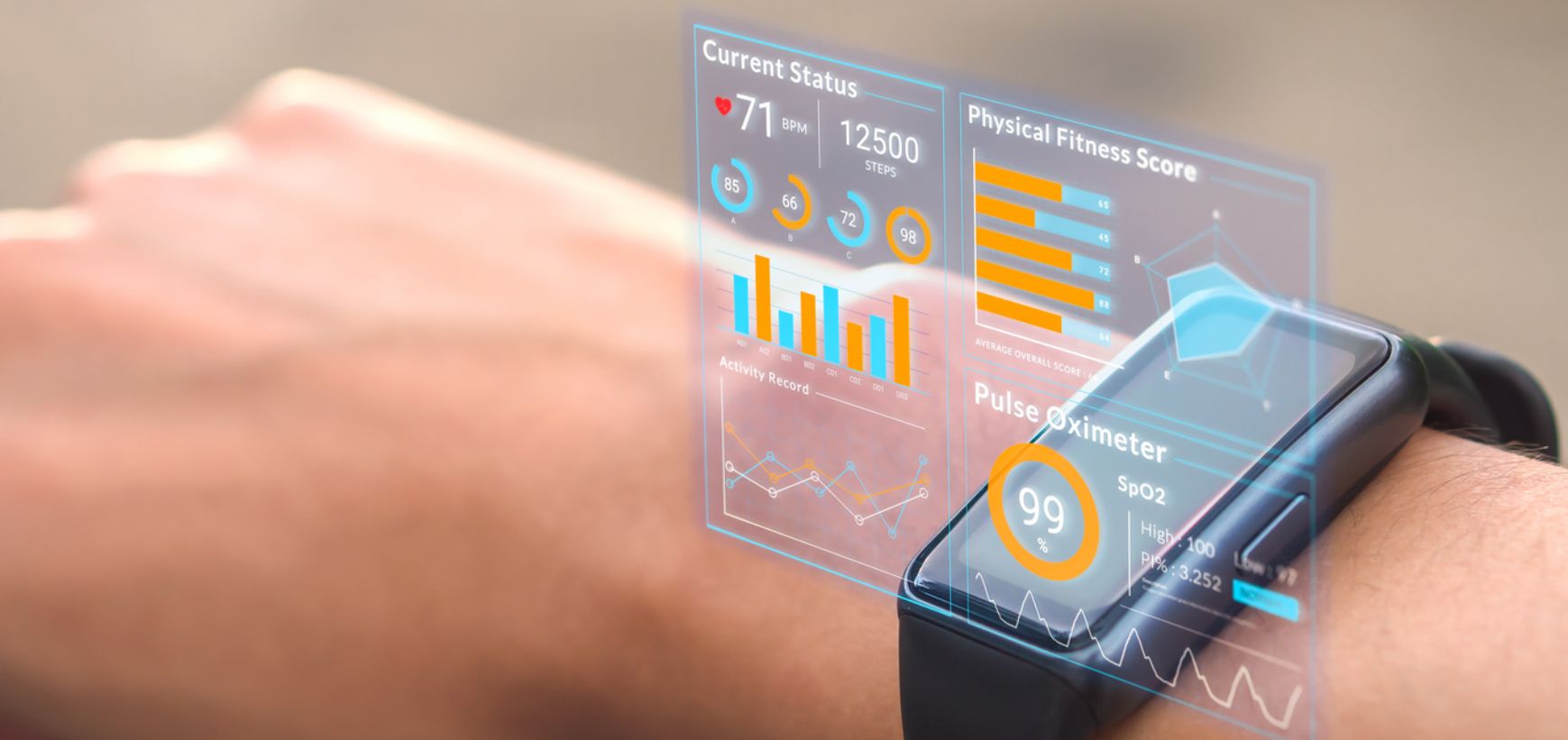The healthcare landscape in Albania is on the cusp of a significant transformation, largely driven by the rise of wearable technology. From fitness trackers to advanced medical devices, wearable health technologies are reshaping how individuals monitor and manage their health.
For a country like Albania, where healthcare resources can be limited, wearable devices offer the potential to enhance preventative care, improve chronic disease management, and reduce healthcare costs. This article explores how wearable technology is being integrated into healthcare in Albania, its benefits, challenges, and the future potential for its widespread adoption.
What is Wearable Technology in Healthcare?
Wearable health technologies are devices that individuals wear on their bodies to monitor health metrics such as heart rate, blood pressure, blood oxygen levels, physical activity, and sleep patterns.
These devices can range from basic fitness trackers to more complex medical-grade devices that provide real-time data for healthcare professionals. Wearables enable patients to track their health continuously, reducing the need for frequent hospital visits and allowing for more proactive health management.
As healthcare systems globally are becoming more patient-centric, wearables offer an innovative way to move away from reactive treatments and towards preventative and continuous care. In Albania, where the healthcare system faces resource constraints, wearable technology holds the promise of bridging the gap in care delivery, especially in rural and underserved areas.
Key Benefits of Wearable Technology in Albanian Healthcare
1. Improved Chronic Disease Management
Chronic conditions, such as heart disease, diabetes, and hypertension, are common in Albania and often require regular monitoring. Wearables allow patients to track key health metrics, such as blood pressure, glucose levels, and heart rate, from the comfort of their homes. This constant monitoring helps healthcare providers identify potential issues early, adjust treatment plans in real-time, and reduce the need for frequent hospital visits.
2. Enhanced Preventative Care
Wearable devices can detect early warning signs of potential health problems, enabling individuals to take preventative actions. For example, wearables can track physical activity levels, sleep quality, and stress levels, helping users make lifestyle adjustments before problems develop. By encouraging individuals to engage in healthier behaviors, wearables contribute to the overall improvement of public health in Albania.
3. Access to Real-Time Data for Healthcare Professionals
In a country where access to healthcare professionals may be limited, especially in remote areas, wearables can serve as a valuable tool for healthcare providers. Through real-time data sharing, doctors can remotely monitor their patients’ health conditions and intervene when necessary. This reduces the need for patients to travel long distances for check-ups and enables faster, more informed medical decisions.
4. Cost Reduction for Healthcare Systems
By shifting the focus from emergency care to preventative and remote monitoring, wearable devices can reduce the overall cost burden on Albania’s healthcare system. Wearables can help avoid hospital admissions by detecting early signs of deterioration in a patient’s condition, thus reducing emergency visits and hospital stays. This also alleviates pressure on healthcare professionals and allows them to allocate their resources more efficiently.
Challenges in Adopting Wearable Technology in Albania
Despite the clear advantages, the integration of wearable technology into Albania’s healthcare system faces several challenges:
- Limited Digital Literacy: Many Albanians, particularly older populations, may not be familiar with wearable technologies or how to use them effectively.
- Technological Barriers: Not all Albanians have access to high-quality smartphones or reliable internet connections, which are essential for the proper functioning of wearables.
- Data Privacy and Security: With wearables collecting sensitive health data, ensuring the privacy and security of this information is a major concern. Albania must implement robust data protection regulations to build trust in these technologies.
- Healthcare Infrastructure: Albania’s healthcare system may face challenges in integrating wearable data into existing health records and ensuring healthcare professionals are trained to interpret this data effectively.
Strategic Recommendations for Advancing Wearable Technology in Albania
To unlock the full potential of wearable technology in Albanian healthcare, the following strategies are essential:
- Promote Digital Literacy and Education: Introduce nationwide campaigns to raise awareness of wearable devices, especially among elderly and rural populations. This could involve partnerships with local health organizations, educational institutions, and even tech companies to provide training on how to use these technologies.
- Improve Access to Technology: Invest in improving internet infrastructure and providing affordable smartphones to ensure all segments of the population have access to wearables.
- Enhance Data Protection Laws: Develop and enforce strict data privacy regulations to protect the sensitive health data collected by wearable devices. These regulations should align with international standards to ensure user trust and confidence.
- Integrate Wearable Technology into Healthcare Systems: Encourage healthcare providers to adopt wearable technology as part of their care plans, especially for patients with chronic conditions. Integrating wearable devices into the national health system would allow for better tracking of health trends, improving both patient outcomes and operational efficiency.
- Foster Public-Private Partnerships: Encourage collaboration between the Albanian government, healthcare providers, and technology companies to create an ecosystem that supports the integration of wearable devices. These partnerships could lead to affordable pricing, mass adoption, and improved technological infrastructure.
Conclusion
Wearable technology represents a powerful tool that can enhance healthcare delivery in Albania. From improving chronic disease management to reducing healthcare costs, wearables are transforming how Albanians monitor and manage their health.
However, realizing the full potential of these devices will require overcoming challenges related to digital literacy, infrastructure, and data privacy. By addressing these hurdles and strategically promoting wearable technology, Albania can significantly improve healthcare outcomes for its citizens, paving the way for a more efficient, accessible, and preventative healthcare system.

















0 Comments